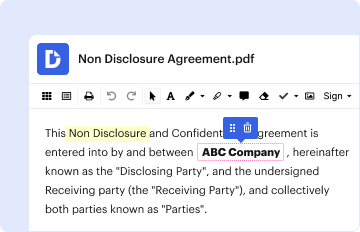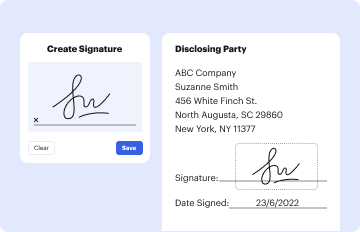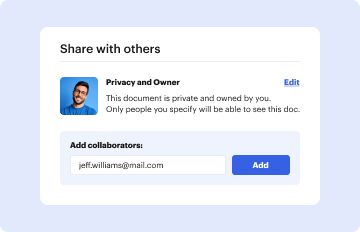Definition and Purpose of the IHSS Dangerous Behavior Log
The IHSS Dangerous Behavior Log is a crucial tool used within the In-Home Supportive Services (IHSS) program to track and assess behaviors that may pose a risk to individuals receiving services. This log helps caregivers and caseworkers document incidents of dangerous behavior, such as wandering, aggressive actions, or self-harming tendencies. The primary aim is to identify patterns of behavior that may necessitate protective supervision.
-
Risk Assessment: By meticulously logging these behaviors, caregivers can provide a clear picture of the individual's needs, which can aid in enhancing safety protocols and service plans.
-
Care Plan Development: The log informs the development of personalized care plans aimed at mitigating risks associated with specific behaviors, ensuring that caregivers can support the individual effectively.
How to Use the IHSS Dangerous Behavior Log
Using the IHSS Dangerous Behavior Log involves systematic documentation of specific incidents or patterns of concerning behavior. Caregivers should track dates, times, descriptions of behaviors, and any measures taken in response, thereby creating a comprehensive overview of the individual’s needs.
-
Document Each Incident: Every time a dangerous behavior is observed, complete a log entry. This should include:
- Date and time of the incident
- A detailed description of the behavior
- Actions taken in response, including any interventions
-
Review Regularly: Regular reviews of the log are essential to identify any recurring behaviors that may require adjustments in care strategies.
-
Collaborate with Professionals: Share the log with healthcare providers or case managers during reviews. Their professional insights can facilitate informed decision-making regarding necessary adjustments in care.
Who Typically Uses the IHSS Dangerous Behavior Log?
The use of the IHSS Dangerous Behavior Log is primarily directed towards:
- Caregivers: Individuals providing direct care to clients who may exhibit dangerous behaviors.
- Healthcare Professionals: Doctors and mental health professionals who require detailed behavioral observations to provide comprehensive care.
- Case Managers: Those overseeing the IHSS program for clients, ensuring that appropriate care plans are in place.


Key Elements of the IHSS Dangerous Behavior Log
Several key elements are essential for effectively utilizing the IHSS Dangerous Behavior Log. Each element serves to enhance the clarity and utility of the records maintained.
-
Incident Reporting: Each entry must clearly report the incident specifics, including what occurred, how frequently it happens, and its potential triggers.
-
Response Notes: Caregivers should detail what steps were taken in response to each behavior, which contributes to future planning and safety measures.
-
Observational Data: Including observations from multiple caregivers can paint a comprehensive picture of the client's behavior over time.
Importance of the IHSS Dangerous Behavior Log
The IHSS Dangerous Behavior Log is pivotal for several reasons:
-
Enhances Safety: By documenting dangerous behaviors, caregivers can develop proactive measures to reduce risks to the client.
-
Facilitates Communication: The log serves as a communication tool among caregivers, health providers, and case managers, ensuring everyone is informed about the client’s behaviors and needs.
-
Supports Compliance: Accurate and thorough documentation can protect caregivers and agencies in the event of disputes regarding care provided.
Examples of Using the IHSS Dangerous Behavior Log
Practical examples help illustrate how the IHSS Dangerous Behavior Log can be effectively utilized in various scenarios:
-
Example 1: A caregiver notices a client has begun wandering outside of their home frequently. Each incident is documented with specific dates, behaviors, and a description of what interventions were used (e.g., increased supervision, door alarms).
-
Example 2: A client exhibits aggressive behavior towards caregivers on occasion. The log captures specific instances, detailing the trigger (e.g., transition periods) and the caregiver's response (e.g., calming techniques used), helping to shape future interactions.
State-Specific Rules for the IHSS Dangerous Behavior Log
Regulations governing the IHSS Dangerous Behavior Log may differ by state, impacting how logs are recorded and utilized. Caregivers should familiarize themselves with the guidelines specific to their state to ensure compliance.
-
Documentation Requirements: Some states may have specific formats or additional fields that must be included in the log.
-
Submission Practices: In certain states, logs may need to be submitted for review periodically, impacting the frequency and detail of entries.
-
Training Standards: Caregivers might be required to undergo training on appropriate log use and documentation standards.
By understanding these aspects of the IHSS Dangerous Behavior Log, caregivers can effectively support individuals receiving in-home services, ensuring their safety and well-being while adhering to best practices and state regulations.



